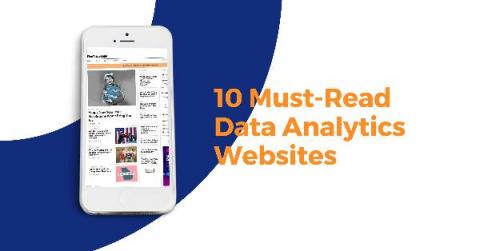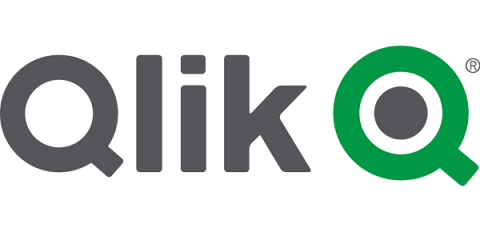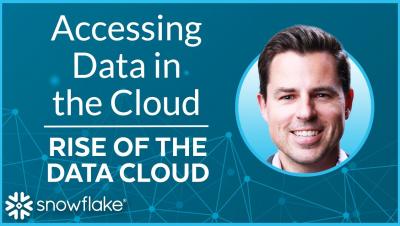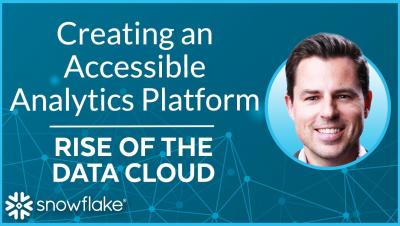10 Must-Read Data Analytics Websites
The field of data analytics is rapidly evolving alongside advances in technologies such as AI and machine learning. There are many valuable resources online that can help you stay up-to-date with the industry — from news sites, industry analysis, and the latest scientific research. We’re listing the top 10 websites and blogs (listed alphabetically) for anyone interested in keeping up with recent industry developments.








